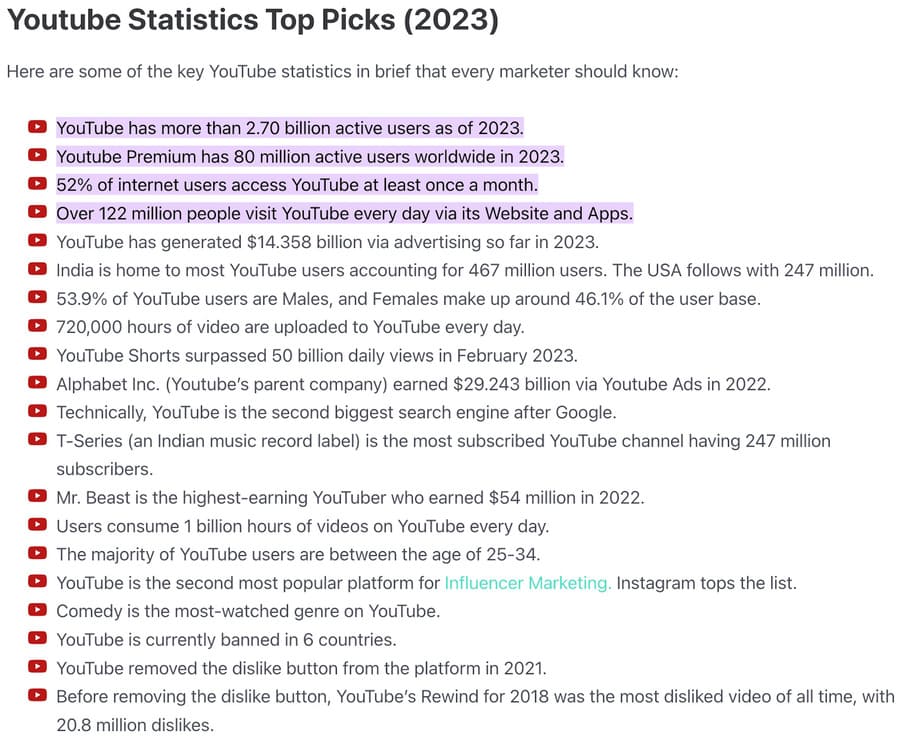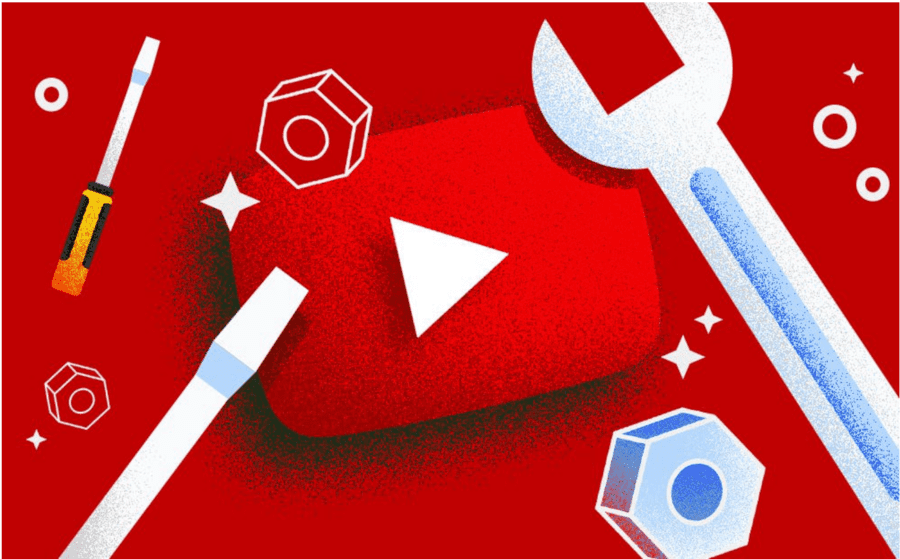Sourced from The Drum
The demise of third-party cookies and an election year team up to present marketers with both challenges and opportunities.
A once-in-a-lifetime perfect storm of technological disruption and cultural flashpoint is about to descend on the digital marketing landscape, resulting in both short-term challenges and long-term change. Few marketers seem prepared for either.
Here’s what’s on the horizon.
Storm 1: Third-party tracking cookies are going away… even if that day is now further than expected. That means the days of simply buying data on customers and retargeting them based on the information purchased are limited.
Storm 2: The 2024 election cycle, and all the down-ballot issues that come with a presidential election year, are going to eat up nearly all available ad inventory, driving up costs and driving down ROI.
Taken together, it’s going to be extremely difficult for brands to cut through the noise and target the right audience while trying to maintain efficiency.
But there is a way to weather these headwinds and come out the other side a winner. Spoiler alert, it all points to a strategic investment in first-party data, owned channels, and partnering with companies that have the data to help you execute a winning plan.
First, let’s examine more closely the magnitude of the storms upon us.
Cookie depreciation
Yes, Google keeps delaying its promise to end the use of third-party cookie on Chrome browsers. But what’s interesting is that one of the reasons behind this delay is a lack of industry readiness for a world without cookies.
We’ve seen the headaches that over-reliance on tech solutions can have on brands. Remember when Apple killed Identifier for Advertisers (which matched ads to unique individuals on iOS devices)? Brands advertising heavily on Facebook were hit particularly hard – it took nearly two years to normalize reach and metrics closer to what brands were used to seeing before that iOS update.
Perhaps that’s what has marketers so pessimistic about the future of cookies.
- Up to 80% of advertisers still rely on third-party cookies today.
- 70% of marketers raise concerns that digital advertising will take a step backward following the death of the third-party cookie.
- 69% of advertisers think the death of third-party cookies will have a bigger impact than both GDPR and CCPA.
In a worst-case scenario, according to ad sales company Raptive, a 30% deprecation could easily translate to a 30% drop in revenue for brands relying heavily on cookies.
What’s more, the “Privacy Sandbox” APIs Google is creating for advertisers who remain heavily reliant on cookies is hardly a solution. Google itself says it’s “not intended to be direct, one-to-one replacements for all third-party cookie-based use cases,” according to the company’s blog. Regardless, the required innovation and building of new ad tools on top of Privacy Sandbox will require significant new costs and an entire shift in the development of these tools.
All in all, this is uncharted territory. But it seems clear the financial costs to rebuild an ecosystem will be large. There are lots of unknowns, but the biggest is how will these changes affect revenue, and what’s the new normal for an ROI model with paid ads.
Social is no haven either. Visitors from paid social are almost 40% more likely to bounce from your site than paid search traffic. Instead, social will likely remain a brand awareness play.
Regardless of the source of traffic, if an unknown device hits your site, you need to be prepared to capitalize on that activity.
- Can you offer up the right value exchange that convinces the customer to opt-in for more information?
- Are you using identity partners that may have a profile on that device and recognize its potential as a high-value customer?
This is critical information that allows you to engage potential new customers the moment they visit your site. Rather than offering new visitors a generic discount code, you’ll be able to make a more specific, personalized offer that has a far higher chance of converting into an opt in. Or offer a pop up touting a loyalty perk rather than a discount code.
Getting that unknown visitor to convert to an owned channel will then allow you to learn even more about these visitors and refine your offers to them even more, resulting in offers more likely to convert to sales, and ultimately a more long-term loyal customer.
If you can convert 30% of your unknown paid traffic to known contacts, your advertising spend will become far more meaningful.
The election
While the presidential race will get the headlines and no shortage of advertising funds to spend, a large majority of ad dollars will come from congressional and local races. This is where political ad machines will be targeting people based on behaviour and other data.
All those dollars will be spent chasing the same people. They call them voters. You call them customers. Either way, political ads will be chasing the same people on the same platforms, vying for the same inventory. So what does that mean?
Consider this: political ad spend is expected to shatter the previous record of $10 billion that was set during the previous election cycle. Predictions for 2024 election ad spend range from $10bn to $15.9bn. And while the majority of political advertising spend in the US goes to local broadcast TV, an increasing amount is moving toward digital channels.
Digital advertising company Jump saw Meta’s CPMs (cost per thousand impressions) rise from a total of $8 to as high as $15.50 during election week 2020, an overall increase of 94%. This is what’s ahead of us and what marketers need to prepare for.
This isn’t a financial discussion either. Brand safety is always a concern during elections. Political ads from so-called “dark money” groups can be highly inflammatory, and you neer know what kind of ad will show up next to yours.
All the more reason why owned channels are much safer. Be in control of where your message lands by seeking one-to-one communication in the personal and private space of the inbox or as a text message.
3 things you can do
1. Focus on identity
Work with partners who can match unknown site visitors against a database of millions of known devices to identify which are your target customers worth engaging with. Get them opted in as early as possible so you can use owned channels to engage.
2. Leverage owned channels
Once you can identify existing opted-in contacts and convert new site visitors, use triggered email and SMS channels to personalize offers based on their web activity and interest in your products or services. This is far more effective (and far lower cost) than remarketing with paid ads.
3. Provide value
Increase your knowledge of each new customer by offering value in return for zero-party data that allows you to make more personalized offers and recommendations in your one-to-many outbound messaging campaigns.
To learn more about how the depreciation of cookies and the upcoming election cycle will affect marketing budgets and strategies in the year ahead, watch the Wunderkind webinar “Navigate the Turbulence: ROAS Strategies for Brand Marketers in an Election Year” here.























